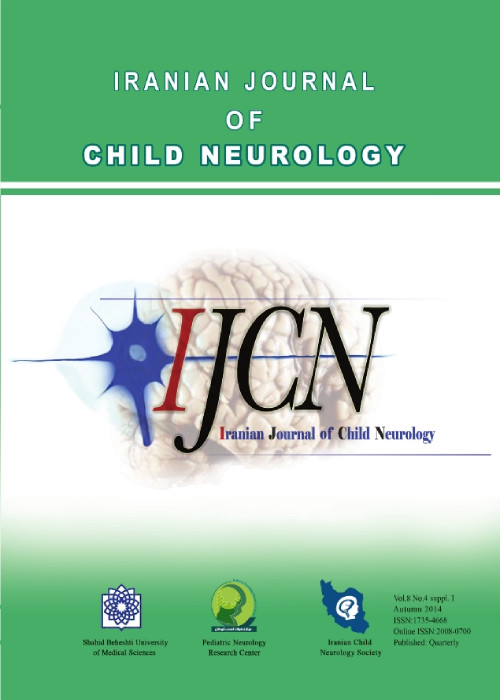PRENATAL DIAGNOSIS IN ORGANIC ACIDEMIA
Author(s):
Abstract:
Organic acidemias are the group of metabolic disorders which define by high anion gap metabolic acidosis, hypo or hyperglycemia & hyperammonemia.Because of the severity of disease in children and its fatality in severe form of disease and also need for life long treatment, prenatal diagnosis is an important diagnostic tool.Three approaches to prenatal diagnosis may be possible, including measurement of analytes in amniotic fluid or use of cells obtained by Choronic Villus sampling (CVS) or amniocentesis to either assay enzyme activity or extract DNA for molecular genetic testing.Biochemical genetic testing: Prenatal diagnosis for pregnancies at increased risk for propionic acidemia, methylmalonic acidemia, biotin-unresponsive3-methylcrotonyl-CoA carboxylase deficiency, glutaric acidemia type 1, ketothiolase deficiency, methylmalonic aciduria and homocystinuria, cblC type, and isovaleric acidemia is possible by analysis of amniotic fluid if highly accurate quantitative methods are used to measure the appropriate analytes. Amniocentesis is usually performed at approximately 15 to 18 weeks gestation.Prenatal diagnosis for pregnancies at increased risk for MSUD is possible by measurement of enzyme activity in fetal cells obtained by chorionic villous sampling(CVS) at approximately ten to 12 weeks gestation or amniocentesis usually performed at approximately 15 to 18 weeks gestation.(If cells from CVS are used, extreme care must be taken to assure that they are fetal rather than maternal cells).Molecular genetic testing:Prenatal diagnosis for pregnancies at increased risk for all disorders is possible by analysis of DNA extracted from fetal cells obtained by amniocentesis usually performed at approximately 15 to 18 weeks of gestation or chorionic villous sampling (CVS) at approximately ten to 12 weeks of gestation. Both disease-causing allels of an affected family member must be identified before prenatal testing.Preimplantation genetic diagnosis (PGD) may be available for families in which the disease causing mutation has been identified.
Language:
English
Published:
Iranian Journal of Child Neurology (IJCN), Volume:6 Issue: 1, Winter 2012
Page:
14
magiran.com/p967248
دانلود و مطالعه متن این مقاله با یکی از روشهای زیر امکان پذیر است:
اشتراک شخصی
با عضویت و پرداخت آنلاین حق اشتراک یکساله به مبلغ 1,390,000ريال میتوانید 70 عنوان مطلب دانلود کنید!
اشتراک سازمانی
به کتابخانه دانشگاه یا محل کار خود پیشنهاد کنید تا اشتراک سازمانی این پایگاه را برای دسترسی نامحدود همه کاربران به متن مطالب تهیه نمایند!
توجه!
- حق عضویت دریافتی صرف حمایت از نشریات عضو و نگهداری، تکمیل و توسعه مگیران میشود.
- پرداخت حق اشتراک و دانلود مقالات اجازه بازنشر آن در سایر رسانههای چاپی و دیجیتال را به کاربر نمیدهد.
In order to view content subscription is required
Personal subscription
Subscribe magiran.com for 70 € euros via PayPal and download 70 articles during a year.
Organization subscription
Please contact us to subscribe your university or library for unlimited access!


